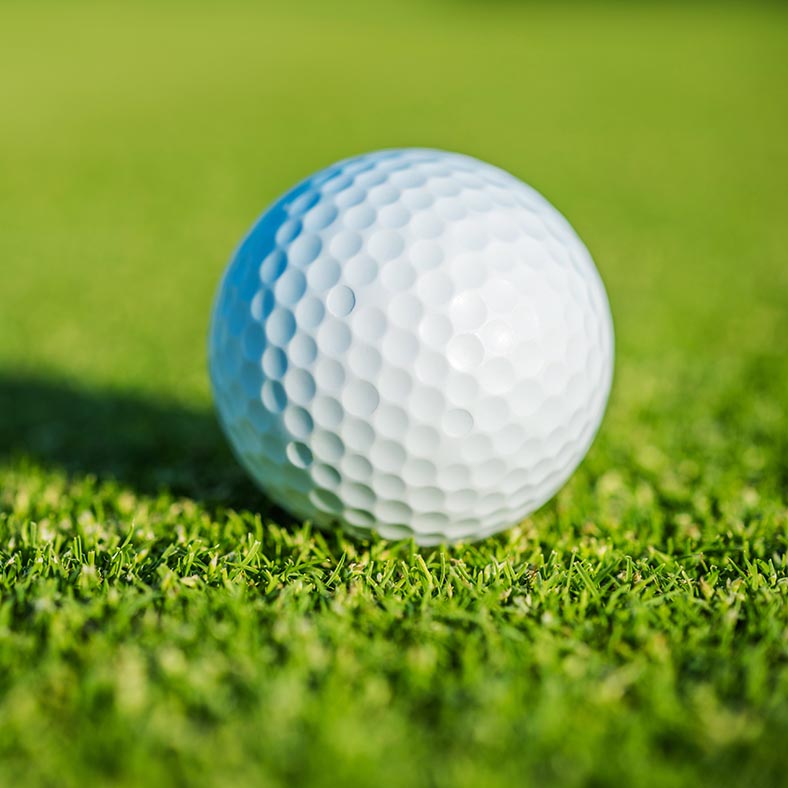
By: Kaylee T.
Year: 2024
School: Fairmont Private School
Grade: 7
Science Teacher: Joshua Riturban
Golf is a sport where precision and performance go hand in hand, and one of the most important aspects of the game is choosing the right equipment. In this science project, the goal is to analyze how the compression rate of different golf balls affects the distance and spin of their flight paths. By understanding these nuances, golfers can make better decisions about which type of ball is best suited for their specific needs and skill levels.
The project examines three different golf ball brands: Callaway, TaylorMade, and Titleist. These brands offer a variety of golf balls with different compression rates, which is a measure of how much a golf ball compresses when struck by a club. Compression rates range from 0 to 100, with 0 being the softest and 100 the hardest.
The experiment uses a Swing Caddie launch monitor and a SkyTrak+ Golf Simulator Pro Studio to measure and record the trajectories of the golf balls. Various tables and graphs are then created to visualize the data.
Golf Ball Compression: According to Tony Covey, golf ball compression refers to the amount of energy a golf ball can absorb when struck. A lower compression ball is softer and produces more spin, while a higher compression ball can absorb more energy and travel farther.
Impact of Compression Rates: Golfers with a swing speed above 105 mph benefit from higher compression golf balls, which allow them to achieve maximum distance. On the other hand, golfers with slower swing speeds benefit from lower compression balls, as they travel further and require less force to hit.
Dimples: As Jonathan Leake notes, modern golf balls have about 300 to 500 dimples in different sizes. These dimples assist in the distance the ball flies.
The hypothesis is that lower-compression golf balls will travel further than higher-compression golf balls, especially for golfers with swing speeds of less than 105 mph.
To test the hypothesis, the experiment evaluates nine different golf balls across three major brands: Callaway, TaylorMade, and Titleist. Using the Swing Caddie and SkyTrak+ simulator, the trajectories of each shot are recorded.
Kaylee’s results support the hypothesis: the lower-compression Callaway ERC golf ball achieved the greatest average distance and flew further than the higher-compression TaylorMade TP5x. This finding aligns with the expectation that lower-compression balls are more effective for golfers with swing speeds under 105 mph.
